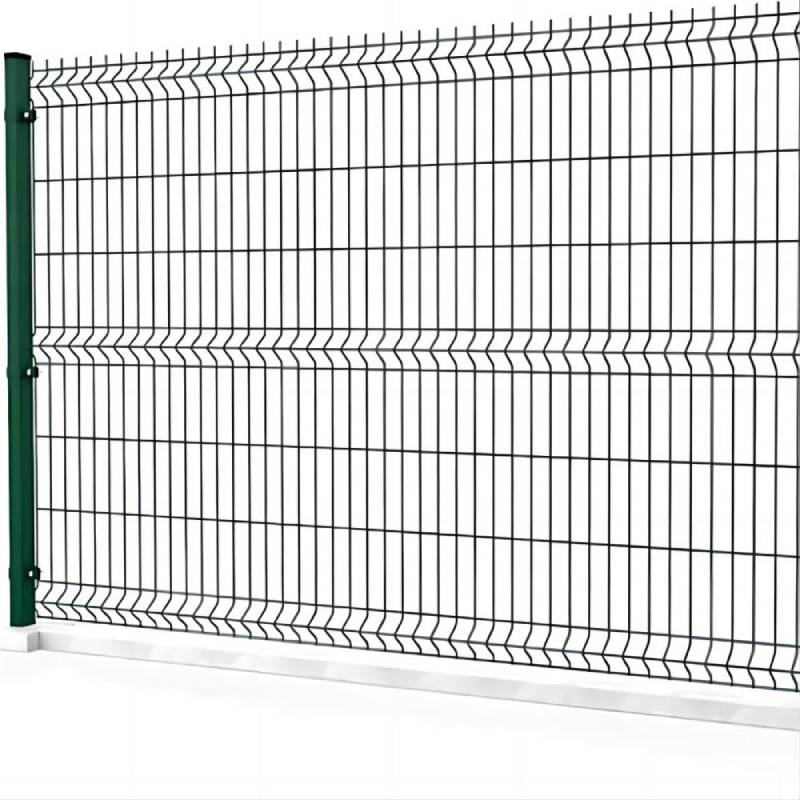fixing chain link fence
Fixing Chain Link Fences A Comprehensive Guide
Chain link fences are a popular choice for both residential and commercial properties due to their durability, affordability, and effectiveness in providing security. However, over time, these fences can suffer from wear and tear or damage from external factors, necessitating repairs. Understanding how to fix a chain link fence is essential for maintaining its function and appearance. This article provides a comprehensive guide to fixing chain link fences, addressing common issues and offering step-by-step solutions.
Common Issues with Chain Link Fences
Before diving into the repair process, it's crucial to identify the common problems you might encounter with a chain link fence
1. Rust and Corrosion Metal fences are prone to rust, especially in areas with high humidity or exposure to saltwater. Rust can weaken the fence structure and lead to further damage.
2. Loose or Broken Posts Over time, climate changes, soil erosion, or accidents can dislodge or break the fence posts, leading to instability in the entire fence.
3. Bent or Damaged Wire Chain link fabric can become bent or torn due to various reasons such as heavy winds, impacts, or general wear.
4. Missing or Damaged Tension Wire The tension wire at the top and bottom of the fence helps keep the fabric taut and secure. If this wire is missing or damaged, the fence can sag or lean.
Tools and Materials Needed
Before starting your repair, gather the necessary tools and materials - Wire cutters - Pliers - Wrenches or a socket set - Chain link fabric (if you need to replace sections) - Replacement posts or concrete mix (if posts are damaged) - Rust-resistant paint (for protection against rust) - Gloves and safety glasses
Step-by-Step Repair Guide
1. Assess the Damage
Begin by examining the entire fence. Identify areas that require repair and decide if it's a minor fix or if it requires extensive work. Take note of specific sections that need replacing.
2. Repairing Rusted Areas
fixing chain link fence

If you notice rust on your fence, you can treat it to prevent further damage
- Scrub the rust Use a wire brush to scrub away any loose rust or corrosion. - Apply a rust-inhibiting primer After cleaning, apply a rust-resistant primer to the affected area. - Paint Once the primer dries, apply a coat of rust-resistant paint to protect the fence from future rust.
3. Fixing Loose or Broken Posts
If the posts are loose, you have a couple of options
- Reinforcing the post If a post is loose but not broken, you can reposition it and add concrete around its base for stability. - Replacing a broken post For a broken post, dig out the old one and replace it with a new post. Ensure it's securely set in concrete.
4. Repairing Chain Link Fabric
For minor tears or bends in the chain link
- For minor bends Use pliers to gently pull the affected area back into place. - For larger tears Cut out the damaged section using wire cutters and replace it with a new piece of chain link fabric. Attach it using hog rings or wire ties for security.
5. Reinstalling Tension Wire
If the tension wire is missing or damaged, replace it by following these steps
- Remove the old wire Cut and remove any parts of the old tension wire. - Reinstall the new wire Run the new tension wire along the top and bottom of the chain link, securing it to the posts with wire ties.
Conclusion
Maintaining a chain link fence is essential for ensuring its longevity and functionality. By quickly addressing common issues like rust, loose posts, and damaged fabric, you can keep your fence looking good and functioning effectively. With the right tools and a little bit of effort, fixing a chain link fence can be a straightforward DIY task that saves you money while enhancing the security of your property. Whether you’re a homeowner or a business owner, regular maintenance of your chain link fence will pay off in the long run.
-
Space-Saving Chain Fence Hacks Vertical Gardening with Cyclone MeshNewsJul.16,2025
-
Innovations in Iron Nail Wire Production for Modern ConstructionNewsJul.16,2025
-
Creative Uses of Wire Netting Fence in Modern Landscape DesignNewsJul.16,2025
-
Barbed Wire Fence Innovations in Anti-Climb TechnologyNewsJul.16,2025
-
Architectural Uses of Umbrella Nails for Aesthetic Roof DesignsNewsJul.16,2025
-
Architectural Uses of Razor Barbed Wire in Secure Urban DesignNewsJul.16,2025




